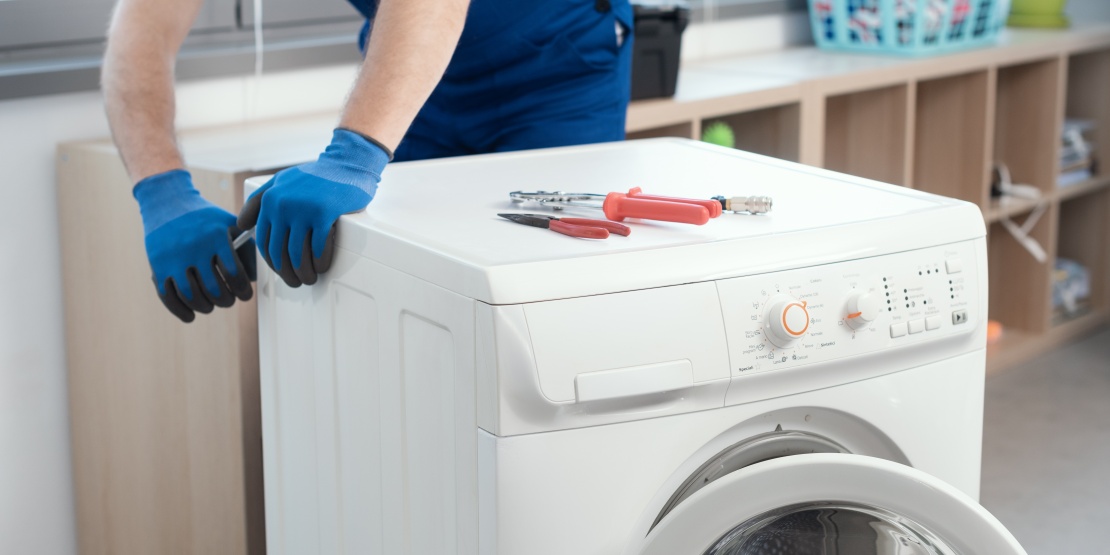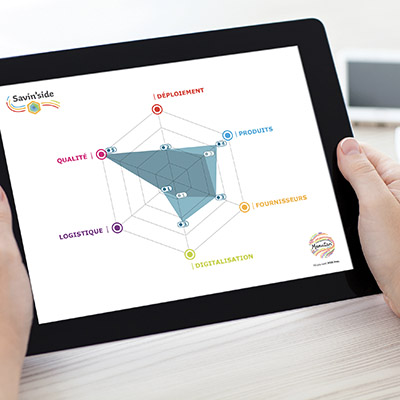Today, many companies are convinced of the need to transform our production and consumption methods to prioritise sustainable products. To make informed choices, they need access to reliable, intelligible, and relevant information. This is the purpose of implementing durability and repairability index in the market. This initiative aims to share key information on products' sustainability or repairability. As the spearhead of the circular economy, France is laying the first milestone with its durability index for televisions and household washing machines.
The purpose of the durability index
The society of overconsumption and disposability promotes the premature disposal of consumer goods. Of course, this practice has deleterious effects on the environment. This is because the raw material extraction and manufacturing phase generally concentrates the majority of impacts and pollution. This contributes to the production of CO2 equivalent emissions, the ever-increasing resource consumption, and the exponential generation of waste.
At the same time, this comes at a cost for consumers, whether individuals or companies. By replacing products rather than repairing them, billions of euros are lost in Europe alone.
To combat this unsustainable model that threatens the environment and spending power, it's important to better inform consumers. This can be done through the display of a durability index to provide visibility on the duration of use, or a repairability index to assess products' sustainability or repairability. To facilitate their deployment, these indexes must be subject to visible, understandable, and accessible signage. This often takes the form of a rating system, associated with a colour code.
These initiatives incite, on one hand, consumers to make informed choices in their purchases and, on the other hand, manufacturers to integrate eco-design principles in the development of their products. It is therefore an effective lever to preserve our planet and better protect end customers against obsolescence, whether programmed or not.
Focus on the French durability index
In France, the law on the fight against waste and for a circular economy (AGEC law) promulgated on 10 February 2020 (Article L. 541-9-2 of the Environmental Code) had already introduced the repairability index for new electrical and electronic equipment (EEE). This covered a wide category of products: Smartphones, laptops, lawnmowers, dishwashers, vacuum cleaners... This allowed consumers to have clear information on the price and availability of spare parts, as well as on technical documentation.
Decree No. 2024-316 of 5 April 2024 paved the way for the durability index. This has an even broader scope compared to the repairability index as it also allows for the testing of a product's ability to last over time. To calculate this durability index, three criteria are taken into account: Repairability, reliability, and upgradability.
The three criteria of the durability index
- Repairability: The provision of technical documentation, support for diagnosis and repair, ease of disassembly, as well as the availability of spare parts.
- Reliability: Resistance to constraints and/or wear, ease of maintenance and upkeep, provision of a commercial durability warranty, and implementation of a quality process.
- Upgradability: Software and hardware improvement.
To begin with, this durability index replaces the repairability index for two product categories, namely televisions and household washing machines (front-loading and top-loading). All producers, importers, distributors, and sellers of products (including those using a website, platform, or any other online distribution solution) will be concerned by this obligation, from 1 January 2025.
This will progressively concern new categories of new electrical and electronic equipment (EEE) in the coming years. Each new product will then be subject to a precise order specifying the criteria and sub-criteria taken into account in the rating.
The approach is being deployed in Europe
The European Union is firmly committed to the transition towards a circular economy. As early as March 2020, the Commission presented an action plan with more than 30 action points aimed in particular at designing sustainable products, empowering consumers to choose, and reducing waste.
While the European energy label has existed for decades, new regulations concerning smartphones and tablets were published in the Official Journal of the European Union on 31 August 2023. For these product categories, a new energy label incorporating a repairability index will be implemented from 20 June 2025.
In parallel, the Council adopted the Ecodesign Regulation setting new requirements for sustainable products on 27 May 2024. Among the key rules is the implementation of a digital product passport. This will highlight certain key information on the quality and performance of the product, such as its estimated lifespan, as well as on the repair potential of the product, with disassembly instructions and available spare parts. Virginijus SinkeviÄius, European Commissioner for the Environment, welcomes this initiative: "As consumers, we will be able to benefit from sustainable and repairable products with a lighter footprint for the planet. By agreeing today on the way forward, the EU confirms its role as a global pioneer in terms of product sustainability."
Lastly, other countries are considering, or even launching similar initiatives. This is the case, for example, of Belgium, which has adopted a new law requiring manufacturers and retailers to provide a repairability index for certain household appliances, starting from 2026.
As you can understand, the durability index (or repairability index) is set to play an essential role in the market. Companies, as well as individuals, will now be informed about the duration of use and the level of repairability of goods and will be able to make their purchases with full knowledge of the facts. It is therefore a formidable lever to combat obsolescence and avoid wasting resources. While this initiative is only in its infancy, it is clear that it is initiating a global movement at the European level in favour of sustainable procurement.









